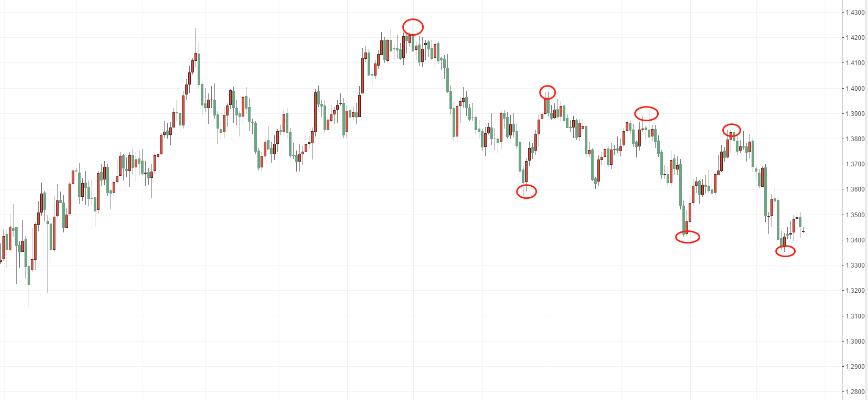Is the expected rate hike failure? The British pound has been heavily sold

Previously, the Bank of England kept sending the market the news that it was about to raise interest rates. However, at the central bank's interest rate meeting in early November, it unexpectedly announced that the interest rate would remain unchanged. This caused chaos in the market and the market began to reduce its trust in the Bank of England.
Massive sell-off
The pound was sold off by the futures market last week. Commodity Futures Trading Commission (CFTC) data show that in the week ending November 16, the net short positions of hedge funds and speculators in the pound sterling increased from 12,093 in the previous week to 31,599.
This means that the amount of money to bet on the decline of the pound reaches 2.65 billion US dollars. And just two weeks ago, hedge funds had more than 15,000 net long positions, with a total of 1.3 billion US dollars betting on the currency's rise.
Since the introduction of the British pound futures contract in 1988, there have been only two larger biweekly sell-offs, in March and December 2007.
"On the lips" rate hike
Previously, Bank of England Governor Bailey and Bank of England Chief Economist Peel kept sending the market the news that interest rates will be raised in November, but the fact is that they both seem to be the minority in the central bank calling for interest rate hikes.
At the last meeting, seven of the nine policymakers voted not to raise interest rates for the time being, so that they can see how many unemployed people are after the government recently ended the employment insurance subsidy program.
Central Bank Governor Bailey said that between now and the next interest rate meeting on December 16, two labor market data will be released, which may eliminate this uncertainty.
According to data released by the National Bureau of Statistics on November 16, the ILO unemployment rate in the three months of September in the UK will reach 4.3%, which is lower than the expected 4.4% and 4.5% last month, the lowest since August 2020; The unemployment rate in the UK also fell to 5.1% in October, the lowest since March 2020. These two data show that the UK job market is in good condition. Will the Bank of England observe for another month?
In fact, there is a precedent for the Bank of England's "sniffing". Before the Fed was ready to cut interest rates in 2019, the Bank of England began clamoring for interest rate cuts, but the fact is that the Bank of England only started to cut interest rates half a year after the Fed cut interest rates.
But today, unlike the past, the Bank of England has the urgency to raise interest rates in the face of high inflation.
Interest rate hike is expected to be digested
The current UK inflation rate is as high as 4.2%, which is higher than the central bank’s target, and may reach 5% next year. At the same time, signs of a strong job market are emerging. The interest rate market trend clearly points to the prediction that the Bank of England will raise interest rates in December, which may be the second time that the UK has raised interest rates in December in nearly half a century.
In addition, the expectation of 100 basis points to raise interest rates next year has also been completely digested. This magnitude is quite large, about twice what the market expects the Fed to tighten during the same period. Such a large-scale tightening of British banks may be exaggerated by the market. We don't think the Bank of England will be so aggressive. This is not good for the pound.
Summarize
Although the Bank of England did not raise interest rates at its last meeting, the expectation of raising interest rates has always existed. This constitutes support for the pound, but the overall support is limited because the market has overly digested its interest rate hike expectations. I believe this is also last week. The market is betting heavily on the important reasons for the decline in the pound.
Judging from the technical icons, although the UK’s recent interest rate hikes are expected to be strong, the GBP/USD has been showing a trend of volatility and decline. We can see that the highs and lows are constantly falling, indicating that the shorts are dominant and the rallies are sold. Empty is still the mainstream.







